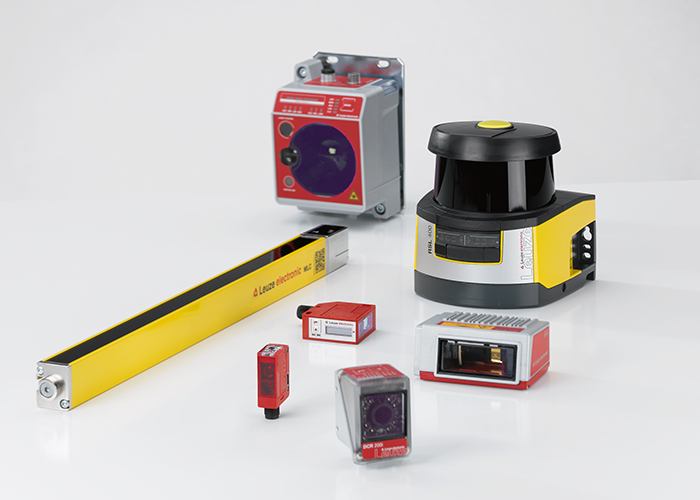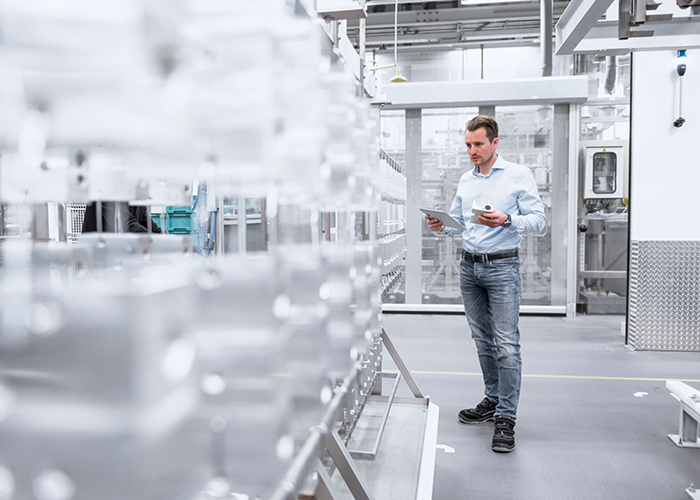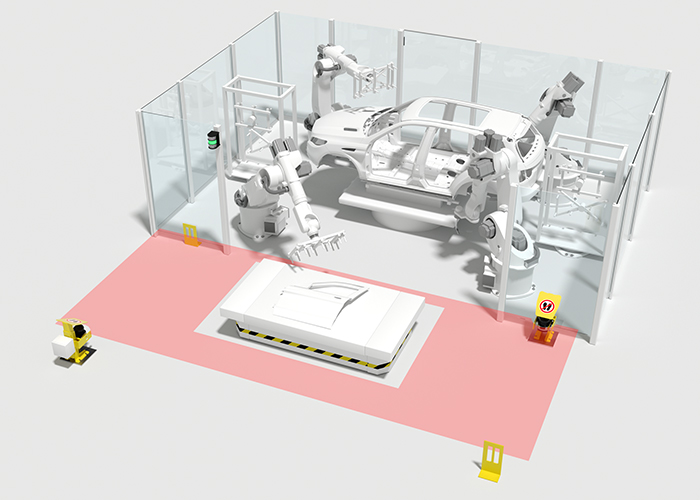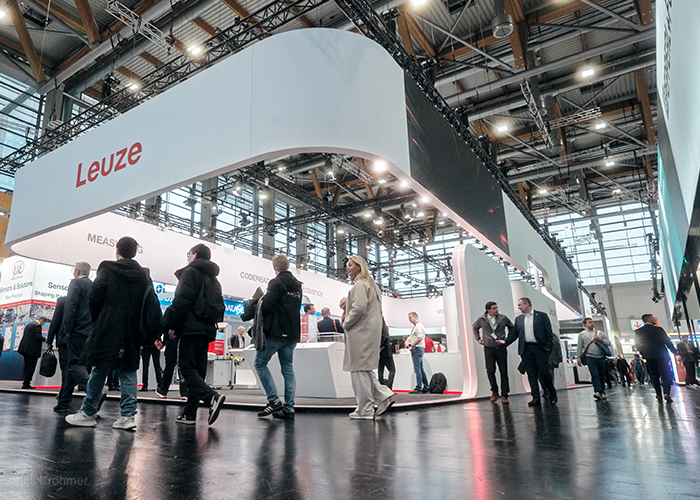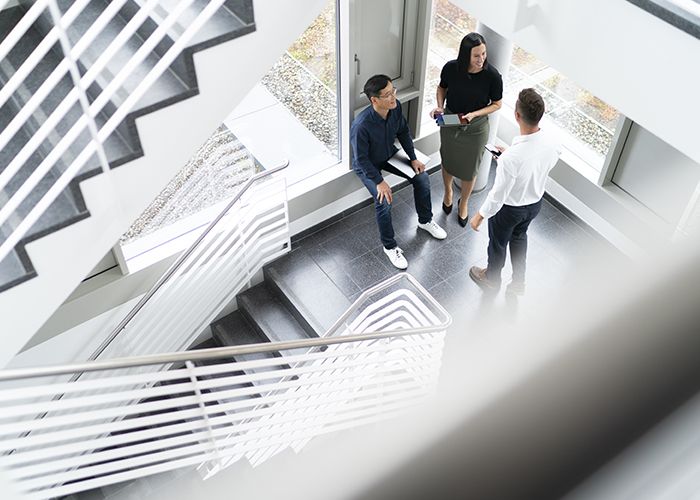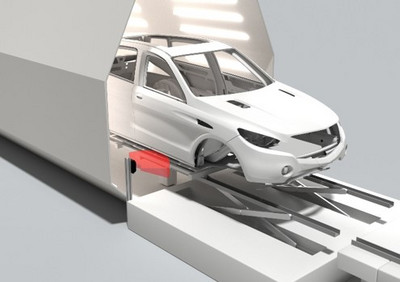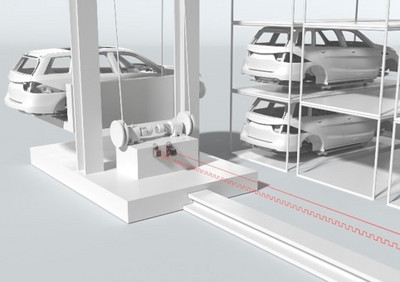The paint shop
Before paint comes into play, several pretreatment processes are performed. Following cleaning come the phosphating and cathodic dip painting process, the drying and then the actual painting of the bodies. The final quality control guarantees a perfect result.
With the new design of paint shops, flexible manufacturing processes are often called for. The classic, serial sequence is replaced, e.g., with concepts that can be scaled to the production capacities.
Depending on the selected concept and the used conveyor system, sensors for position and contour detection are needed in addition to sensors for machine safety and identification. Within paint booths or the area around CDC baths, sensors must have an ex marking for use in potentially explosive areas as well as a high degree of protection.

